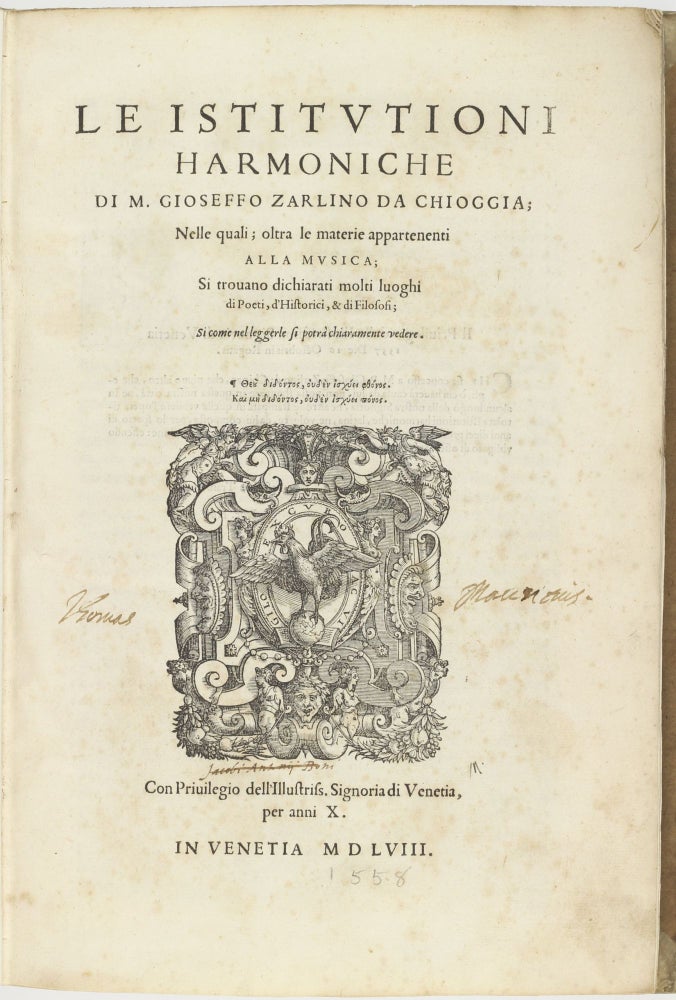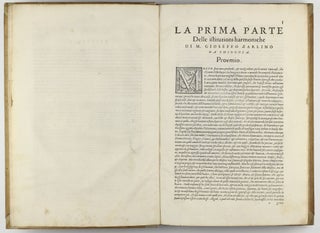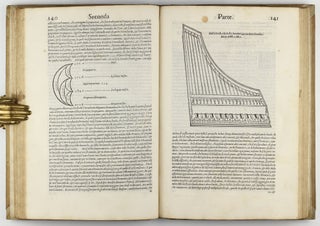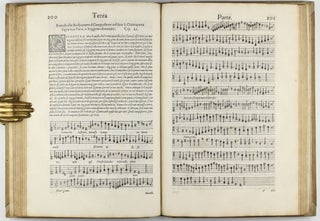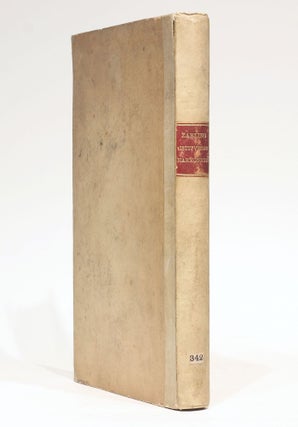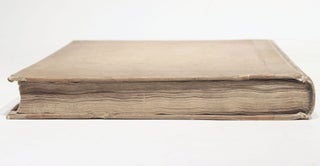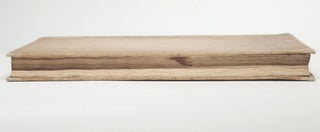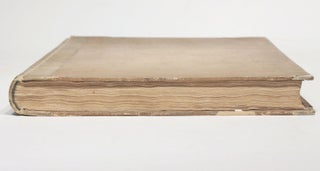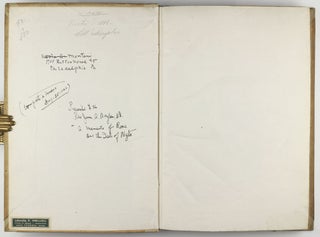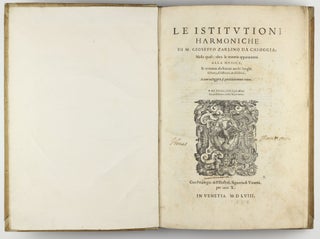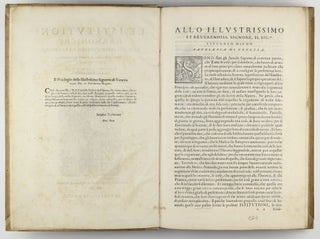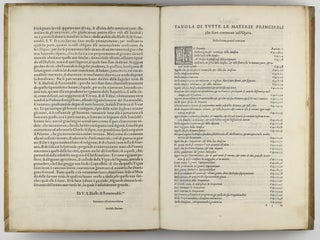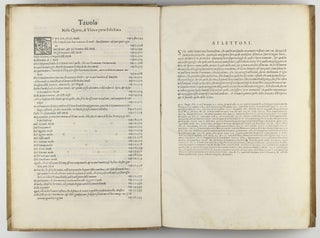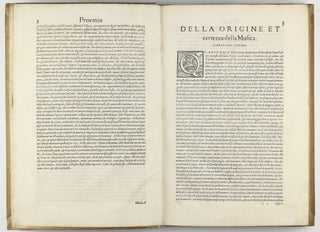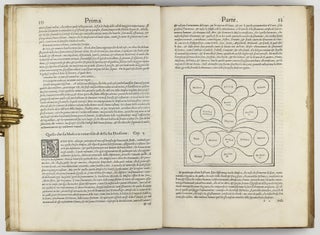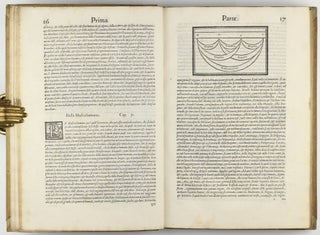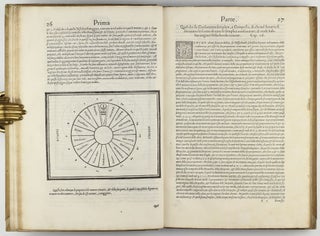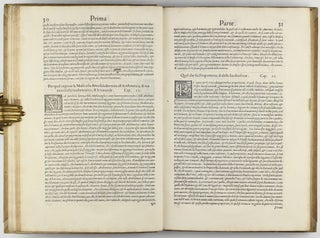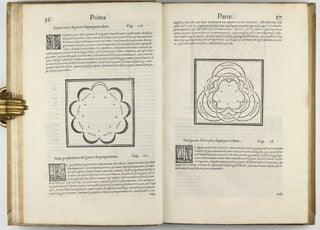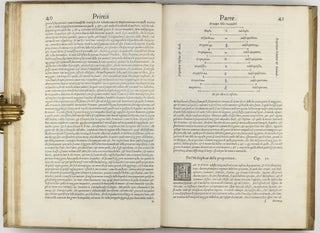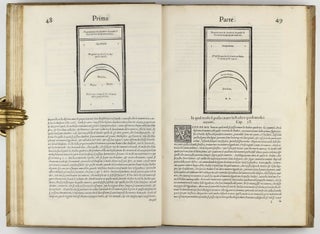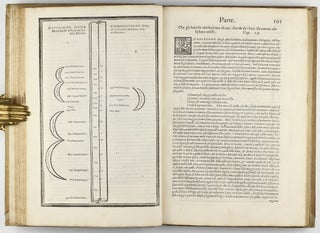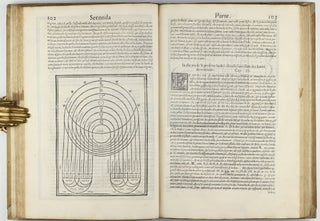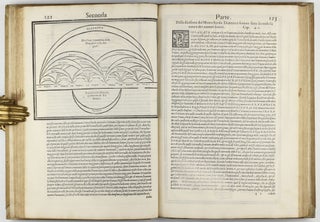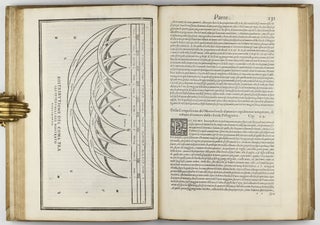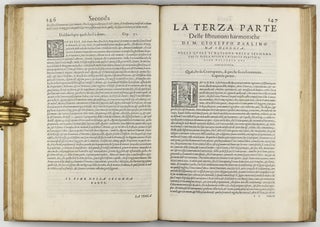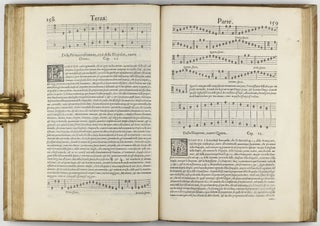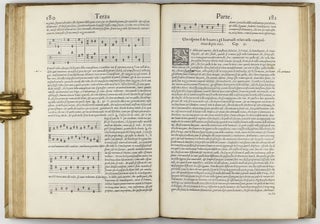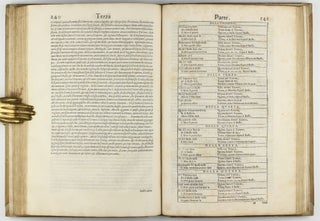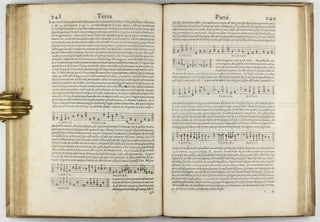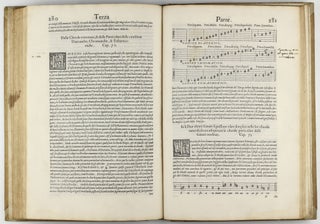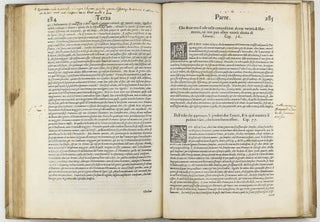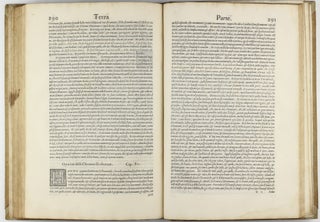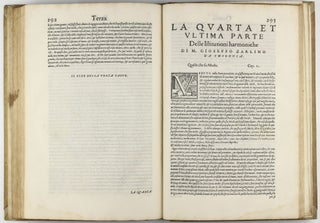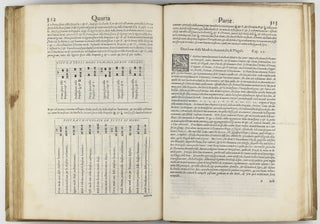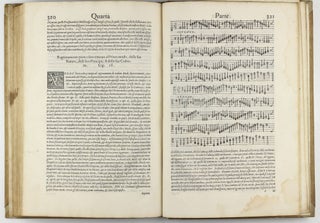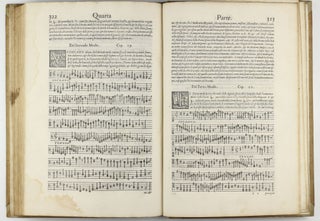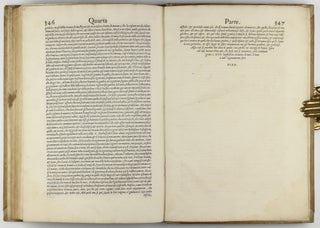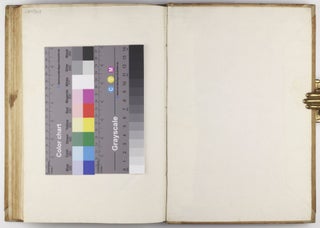The most important and influential book in the history of music theory
Le Istitutioni Harmoniche.
Venice: Francesco Senese, 1558.
1st Edition. Hardcover. Very Good. Item #102320
4to (306 x 207 mm), [12], 347 [1] pp., including numerous woodcut diagrams (many full page), including a keyboard instrument, extensive type-set music (including pieces illustrating imitative counterpoint), and historiated 5- & 8-line initials, italic letter. Early 19th-century half vellum (soiled, spine darkened with short crack at top of front joint), red morocco lettering piece to spine. Internally only very little age-toned, a few annotation in contemporary hand, ink stain on fore edge slightly showing internally, faint marginal dampstains to a few pages, contents otherwise bright and clean. Provenance: Thomas Mauritus(?), signature on title-page, modern ownership inscriptions on front pastedown. An excellent, wide-margined copy. ----
PMM 81; RISM Écrits, p.907; Censimento 16 CNCE 25277; Gregory & Bartlett, i, 296; Ricardi II, 661; Hirsch, i 623; not in Adams. - VERY RARE FIRST EDITION, FIRST ISSUE, of arguably the most important and influential book in the history of music theory. Gioseffo Zarlino (1517-1590) laid down the theoretical basis for almost all aspects of modern music, for which he was cited as the ultimate authority for the next two hundred years. He codified the contrapuntal techniques of the great composers of his time and was the first to explain the modern tonal system of major and minor modes. In the terza parte Zarlino treats counterpoint in a conservative manner, particularly regarding the treatment of dissonances, provoking widespread attacks by Vincenzo Galilei and others. Artusi cited Zarlino in his attacks on Monteverdi and brought forth the latter's distinction between the prima prattica and his own seconda pratica. The Istitutioni "opened the way for the new tonality which has governed music from the seventeenth century to the present day" (PMM). This is the first issue of the Istitutioni, with the privilege and errata list both placed on recto of final leaf of preliminaires, and with its verso blank.
The "Istitutioni harmoniche" fully approved of the practise of composition, as Willaert had taught. It is explained in the third part and is the central theme of the book. However, Zarlino was too much the Philosopher and Theologian, to confine himself to the reproduction of rules of composition. The first two parts of the book are devoted to practical theories of cosmology, philosophy and acoustics, as interpreted at that time. The most important humanist sources on which Zarlino based his thoughts were those of M. Ficino's translation and commentary of Plato's Timaios and the Harmonika of Ptolomy. He borrowed his ideas on harmony of the worlds from Plato. Zarlino's rules of composition are far more detailed and fully developed than those of his predecessors. The most prominent characteristic of his method is the idea of the harmonia perfetta. Zarlino objected strongly and loudly to those who did not respect modern music as much as that of the ancient Greeks or believed that it could not be as expressive without imitating the antique chromatic and enharmonic modes. He insisted, rather, on the integration of four elements: harmony, metre, text and a receptive audience.
Very rare, only 3 copies of the first edition recorded at auction in the past 50 years.- Visit our website to see more images!
Price: 38,000 € * convert currency
Delivery time up to 10 days. For calculation of the latest delivery date, follow the link: Delivery times
Lieferzeit max. 10 Tage. Zur Berechnung des spätesten Liefertermins siehe hier: Lieferzeiten


